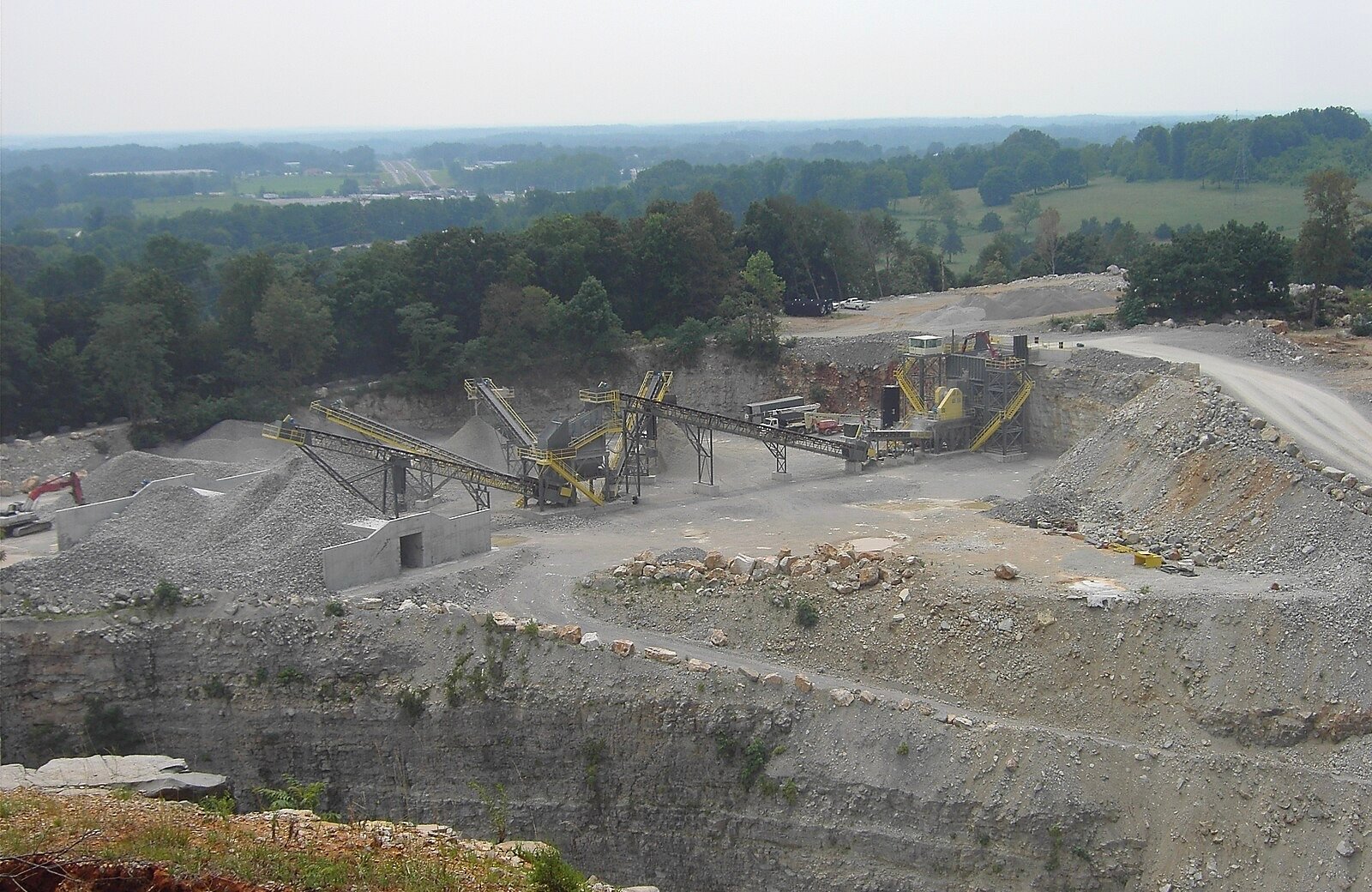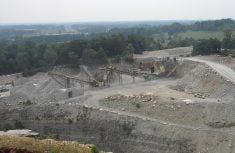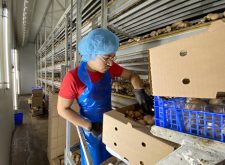Insurance is a growing concern within Ontario’s farming sector.
The Ontario Federation of Agriculture’s 2024 business confidence survey identified insurance as the second most significant issue that farmers are concerned about, up from fifth the previous year.
Why it Matters: Association and insurance experts encourage farmers to work with agents to regularly reassess insurance coverage to protect their operations against increasing risks.
Extreme weather events — such as droughts, floods, wildfires, along with frost, damaging winds, hail, and heavy snow loads pose a threat to all aspects of food production, as well as theft and cybersecurity risks, all of which may require specialized insurance coverage.
Read Also

Melancthon faces a new quarry fight over water, environment and farmland risks
A proposed Strada blast quarry in Melancthon, Ont., sparks regional debate over water protection, farmland sustainability, and Ontario’s aggregate policy.
Mark Reusser, OFA director, said some farmers suffered catastrophic losses from snow loads and ice storm damage this winter, only to find they were underinsured or had no coverage.
“We as farmers need to look at our insurance coverage very carefully, and just because we haven’t had snow loads for a significant period of time that cause damage doesn’t mean it can’t happen,” Reusser said.
“One of the reasons that you have insurance is to cover things that don’t usually happen.”
To manage risk, farmers rely on a combination of private insurance and government-backed programs to protect against yield reductions, crop losses, infrastructure and equipment damage or breakdowns, livestock incidents, stored products loss, and liability for injuries or third-party damage.
Mike Brine, agribusiness specialist at Trillium Mutual Insurance, said adding a knowledgeable insurance broker to your team of lawyers, accountants, or contractors plays a crucial role in helping clients understand risk, secure appropriate coverage, plan for the future, and ensure that protection evolves alongside the farm operation.
The devastating snow load collapses didn’t hit Trillium as hard as some other companies that saw more than a year’s worth of claims in one month, he explained.
Brine also highlighted how new income-generating ventures, such as on-farm processing, increase insurance complexity, as each venture may not qualify for coverage under existing policies or require multiple insurers.
“An insurance broker is a good person to have on your side to understand not just what is happening now,” he explained. “But what could be happening down the road. The things you should give consideration to before you start moving forward.”
Premiums rise
Brine said the rise in insurance premiums, particularly for agriculture, is influenced by several key factors, including the increased costs of buildings and equipment, which drive up claim expenses.
“In 2011, if we got a $1.5 million claim, that was a big claim. It got our attention,” he explained. “A big risk was $5 to $6 million, and now a large risk is probably more in the area of $15 to $20 million.”
Along with the increased size and complexity of farm infrastructure, the rise of automation and potential points of failure make it statistically more prone to claims.
Furthermore, Brine explained the insurance industry is undergoing a phase characterized by reduced capacity and heightened insurer caution, referred to as a “hard market” in response to global events such as wildfires and hurricanes, particularly those leading to significant urban disasters.
This significantly impacts the reinsurance market, where insurers transfer risk to other companies. As reinsurance becomes more costly and less profitable, those costs are passed down to insurers, which drives premiums even higher and can limit reinsurance capacity. Overall, these factors have created a “perfect storm,” pushing insurance costs higher across the board, Brine explained.
He emphasized that while trusting your broker is essential, farmers must also take responsibility for understanding their coverage.
“The best advice that I can give to anyone is to ask lots of questions. Ask, why do I have this coverage. What does it cover?” Brine urged. “If you don’t know the answer to it, don’t be afraid to ask, what is this? Why do I have this on my policy? What does it cover? Those are really important questions.”
Managing insurance costs effectively requires a clear understanding of your specific needs and risk tolerance, which vary from operation to operation. While some farmers may consider raising deductibles or removing assets from coverage to lower premiums, doing so could leave them vulnerable.
“Everybody has a different risk tolerance,” cautioned Brine. “Sometimes the banks get involved. If they’ve got a mortgage on the property, they like those buildings covered to full value, because they don’t want to lose their collateral.”
The OFA has launched a Farm Insurance Survey to gauge the effectiveness of insurance, identify coverage gaps, evaluate farmer satisfaction with insurers, and guide advocacy. It will close at the end of the day on June 20.















